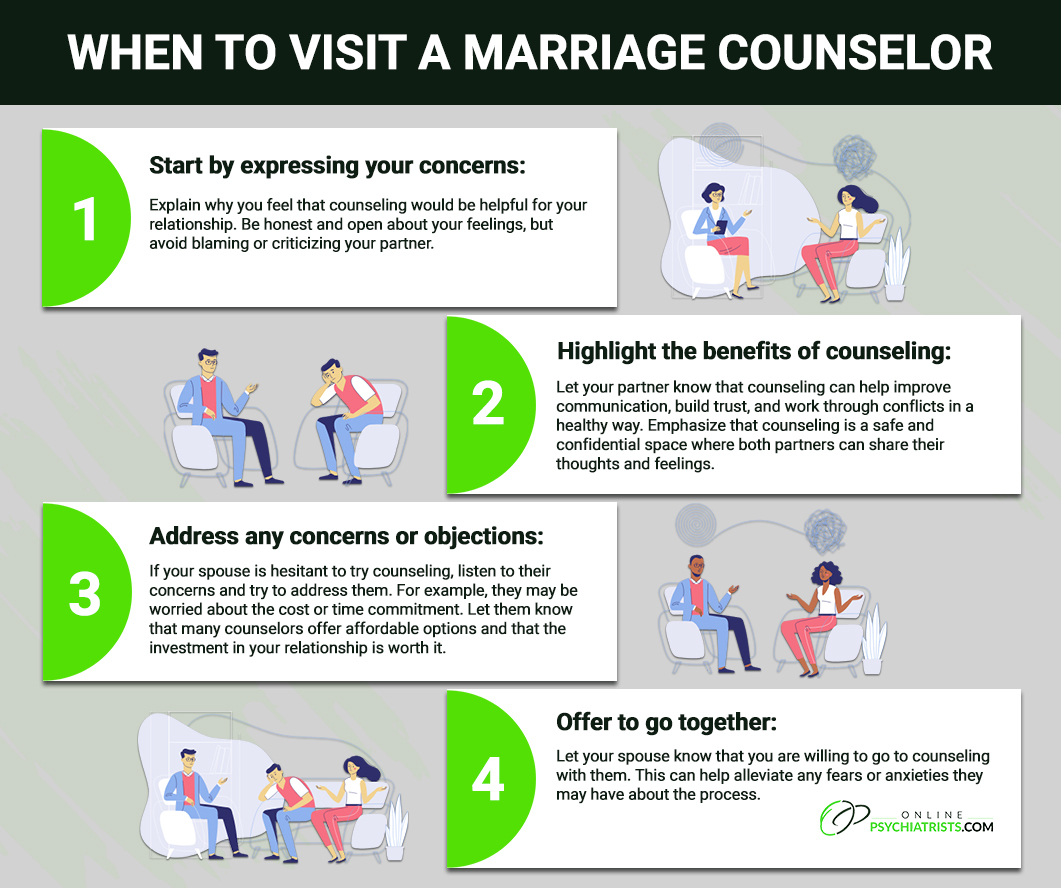6 Simple Techniques For Aim Point Counseling
Table of ContentsIndicators on Aim Point Counseling You Need To KnowAim Point Counseling Fundamentals ExplainedAim Point Counseling for Beginners9 Simple Techniques For Aim Point CounselingThe Ultimate Guide To Aim Point CounselingFascination About Aim Point Counseling
The longitudinal design includes a pre-treatment survey and two follow-up studies at 3- and 12-months post-intervention. The research study is embeded in 8 Relationships Australia Victoria centres, across cosmopolitan, external suburbs, and regional/rural websites. Relationships Australia, a non-government organisation, is the biggest supplier of pair therapy and partnership solutions in Australia.
In Australia, the average size of marital relationship before separation is 8.8 years, and approximately half of all separations involve couples with kids [1] These high prices of partnership failure have actually been regularly connected with adverse health consequences for both adults and kids complying with divorce/separation. These consist of seclusion from assistance networks, and lowered revenue and standard of living for both grownups and youngsters [3], dilemmas of loyalty over children for guys, and anxiety and loss of identity for females [4,5]
Aim Point Counseling Can Be Fun For Anyone
The effects of separation and separation can be damaging, research suggests that high relationship disharmony in intact pairs is also most likely to have unfavorable outcomes.
Variables that influence the end results of these services need extensive examination. Research to date has actually identified both couple and private factors that may contribute to partnership discord. These consist of relationship complete satisfaction and commitment at the couple degree, and depression at the private degree. Durable study to evaluate relationship-enhancing treatments in the area are scarce.
Aim Point Counseling Fundamentals Explained
As a result, while many studies show enhancements in relationship complete satisfaction following pair therapy, they are limited by the examples and measures utilized, mainly short-term follow-up period, and evaluations that do not represent the dyadic nature of pair data. Partnership dedication, based on procedures such as the Dedication Supply (CI) [19], is another frequently investigated relationship end result.
To summarise, research study indicates that couple-specific variables along with private factors may predict the results of pair therapy and connection services. The causal direction of these connections, nonetheless, is less clear. These monitorings are vital, given that, to warrant and lead the application of partnership solutions such as pair therapy, empirical evidence must explore both the outcomes of relationship solutions and the elements that predict effective treatment.
There is a growing agreement that efficiency research studies must be matched by efficiency research study to best notify medical practice [ 29] The minimal efficiency research that exists to day suggests that pair counselling can boost results such as relationship satisfaction [33,43], interaction skills and basic well-being [44], a minimum of in some European nations.

We presently know little regarding the accounts of couples that seek relationship education compared with those who look for relationship coaching, or the end results of these programs. Anecdotal proof recommends that there might be considerable distress among at the very least some pairs looking for relationship education. Partnership education programs differ from pair coaching as they are generally highly structured, performed in teams, and concentrate on a blend of four parts; awareness, comments, cognitive modification, and abilities training [45]
Indicators on Aim Point Counseling You Should Know
Feedback entails participants completing questionnaires regarding their relationship (e.g. actions of interpersonal troubles), and receiving details on what their scores suggest. Cognitive-behavioural approaches promote changing cognitions to facilitate positive partnerships.
These effects have actually persisted for as much as 4 years in some researches [47] These meta-analyses highlight restrictions in the existing literature on relationship education. Specifically, the majority of studies involved pairs from top socio-economic backgrounds who were not experiencing high partnership discord [47,48] This example account might not stand for customers who commonly present for relationship education and learning.
Not known Incorrect Statements About Aim Point Counseling

Really little research has actually checked out the relative benefits of pair counselling and partnership education programs. As customers are likely to self-select into these solution kinds, it is unclear whether particular connection distress profiles present to every solution type, or certainly whether there is an interaction between providing account, service type and end result.
(https://www.behance.net/toddrashid)
Hence, we have actually consisted of a 12-month follow-up to evaluate longer-term trends and effects.
Consequently, we propose to make use of multi-level statistical modelling treatments that control for the inter-dependence of couple information to examine any therapy impacts. The details objectives of the ECC study are to: 1. Map accounts of customers seeking area agency-based couple coaching vs. connection improvement programs in regards to more helpful hints socio-demographic and connection indicators (such as relationship contentment, connection commitment, social troubles, and factors for going to), along with health and wellness (such as clinical depression, basic wellbeing) and wellness service use (eg.
2. Determine whether pair therapy and connection education and learning services boost 3- and twelve-month end results for connection complete satisfaction, commitment, and clinical depression, utilizing statistical analyses appropriate to combine data. 3. Determine the family member contributions of customer elements (specific and couple) and therapy/education variables to outcomes at 3- and 12-months, and to sustainability of outcomes gradually.
The 2-Minute Rule for Aim Point Counseling
Multi-level modelling to figure out pre-post differences, regulating for dyadic (couple) degree. To add to the literature assessing the effectiveness of community-based couple therapy. The results will assist scientific decision-making in community-based connection solution settings, and expert training. 3. To identify the family member payments of client/couple and treatment elements to outcomes at 3- and 12-months, and to sustainability of end results with time.